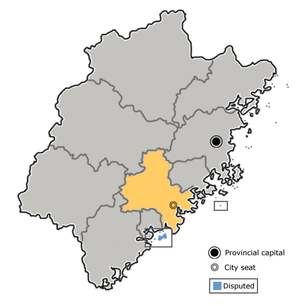Here are some channels that we recommend:
Hokkien courses
Currently, there are 3 institutes in Hong Kong offering Hokkien courses.
The Hong Kong Federation of Trade Unions - Spare-time Study Services
The HKFTU provides Hokkien courses at beginner's level, intermediate level, advanced level and an extension course.
HKUSpace - Basic Minnanhua
This course focuses on the use of Hokkien in Taiwan context.
Hong Kong Baptist University - School of Continuing Education
It provides a Hokkien language course called Learning Fukenese for Fun for interested public.
Online
Another method is to go online to learn Hokkien, there are many resources that you can access to at Taiwan official language websites.
Taiwanese Hokkien Online Dictionary
Compiled by Taiwanese Ministry of Education, visitors can look up common Hokkien words and get to know their pronunciation.
Taiwan National Languages Committee
You can get the most updated language situation in Taiwan, including Hokkien (of course!) and many other indigenous languages in Taiwan. You can also download the Hokkien computer input method from this page.
福州话学习网
There are two online lectures teaching Hokkien vocabulary and some daily conversation, e.g. greetings.
Apps
Want to learn Hokkien with your smart phone? Here are some interesting apps that allow you to learn Hokkien in a funny way.
| 勇伯台語 |
| 台味十足 |
| 勇伯歹嘴 |
| Taiwanese Fruit |
There are many more apps that make learning Hokkien interesting!





